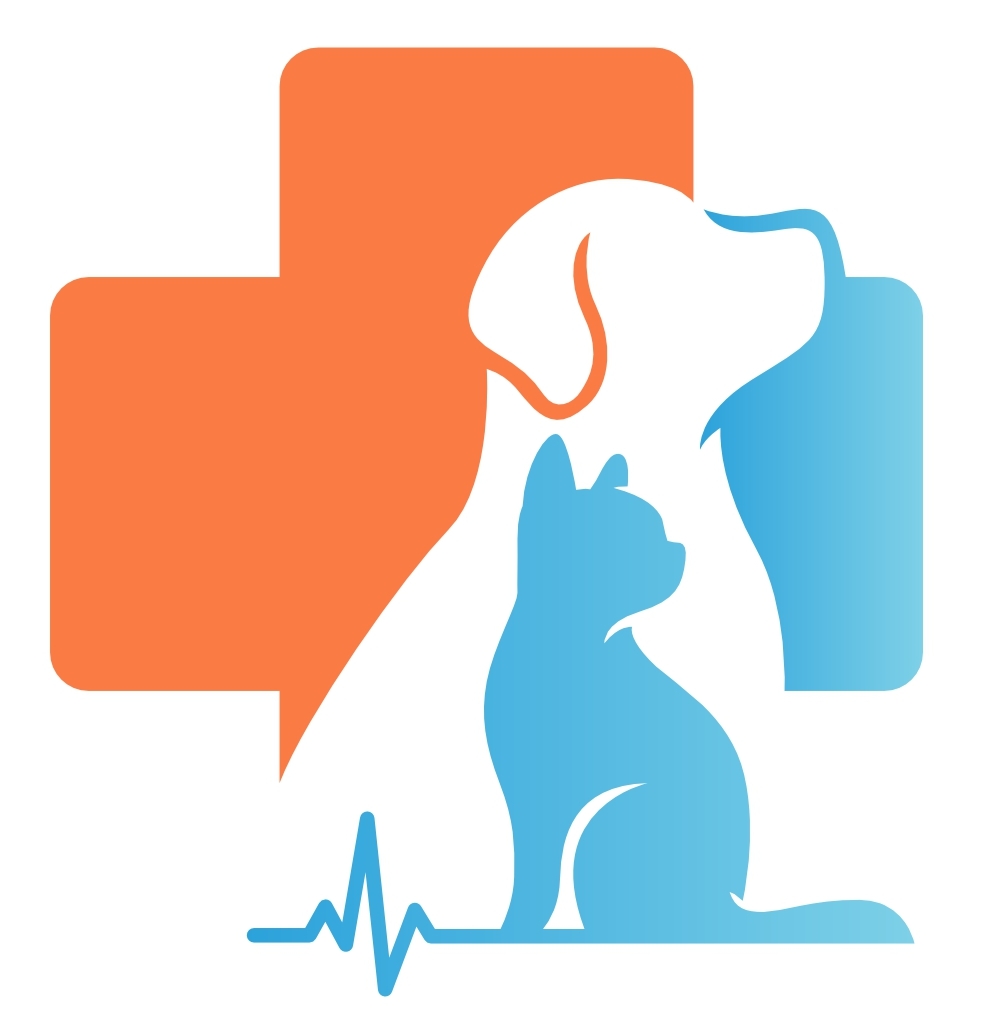Housing Aquatic Turtles
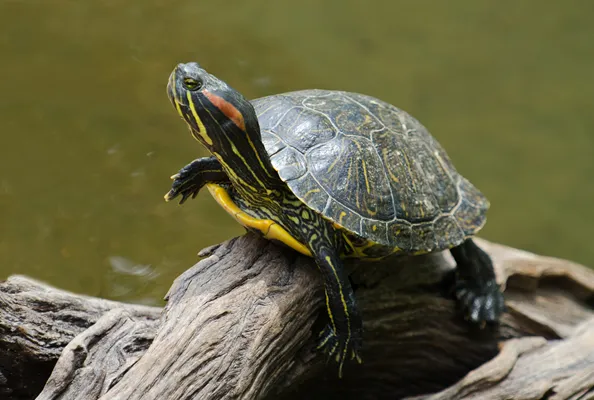
Aquatic turtles should be kept in an aquarium that is as large as possible, with enough water for the turtle to swim, a heated and dry area where the turtle can bask, a heat source, and a source of ultraviolet (UV) light. This article discusses how to keep the aquarium clean, proper temperature gradient, how to set up a basking area, using plants or rocks in the aquarium, UV light requirements, and other health and safety considerations.
Feeding Pet Snakes
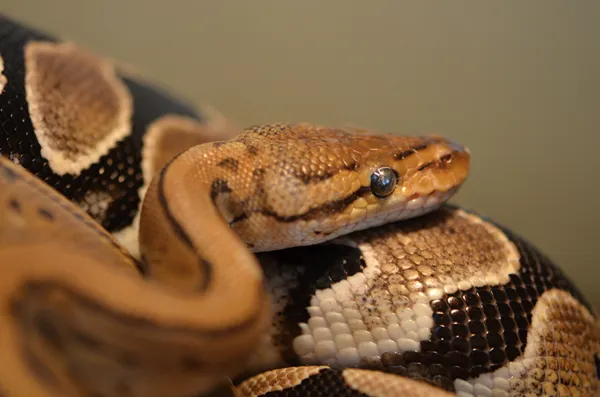
All snakes are carnivores. Some eat warm-blooded prey (rodents, rabbits, birds), while others eat insects, amphibians, eggs, other reptiles, fish, earthworms, or slugs. Live prey should not be fed to snakes. Snakes can be offered thawed, previously frozen prey, or freshly killed prey. Smaller or younger snakes usually eat twice each week, while larger, more mature snakes typically eat once every week or two.
Feeding Box Turtles
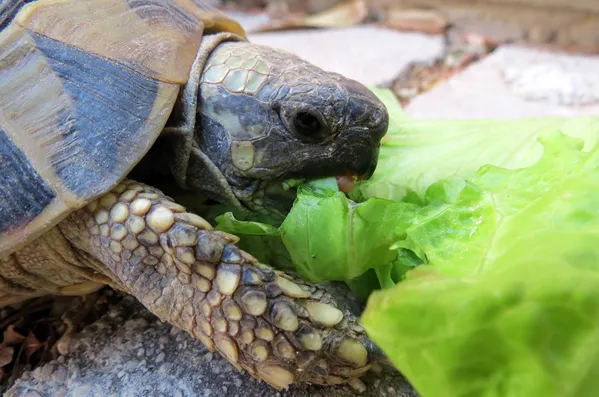
Box turtles are omnivorous. Generally, your box turtle’s diet should be about 50% plant-based material and 50% animal-based material, but be sure to discuss a specific diet plan for your turtle with your veterinarian. Most young turtles eat daily, while older turtles can be fed either daily or every other day. This article discusses the best foods for your turtle, supplements, water, and light requirements for optimal nutrition.
Feeding Aquatic Turtles

Turtles are omnivorous, eating both animal protein and vegetable matter. It is important to offer a variety of food to stimulate the turtle to eat and provide nutritional balance. This article discusses how and when to feed your aquatic turtle, recommended foods, supplements, and water requirements for optimal nutrition.
Deciphering Medicalese

Your veterinarian wants to keep your pet healthy and the fact is that people who are better informed take better care of their pets. Do not be overwhelmed by “medicalese”. Try your best to understand this foreign language and if you cannot quite decipher it, ask your veterinarian to speak more plainly.
Common Problems in Pet Snakes
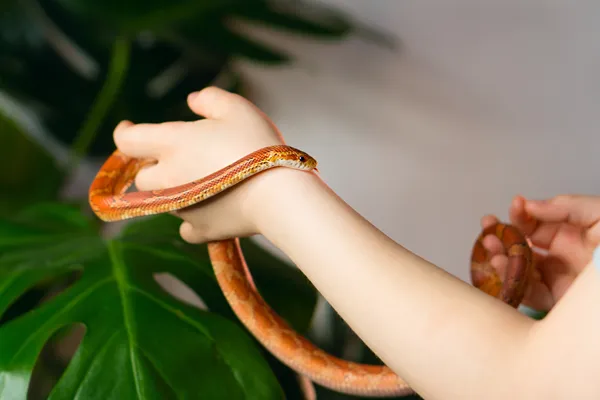
Snakes have several unique problems and understanding these problems will allow you to better care for your pet and minimize future health care problems and concerns. This article outlines some of the most common problems.
Choosing a Pet Reptile
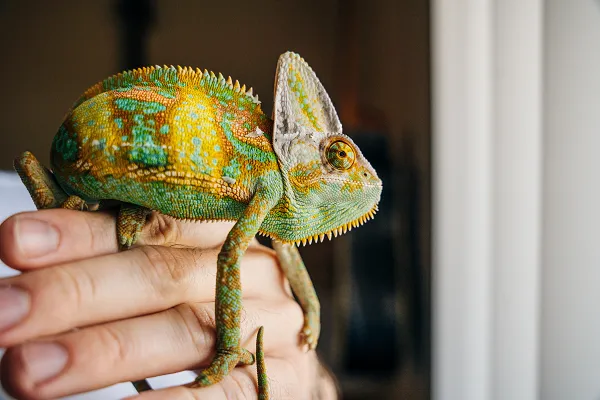
Before getting a reptile, research all aspects of reptile ownership, including the appropriate reptile for your lifestyle, how to provide it with a proper diet, suitable housing, and a healthy, stimulating environment. All reptiles need to be examined by a reptile-savvy veterinarian immediately after purchase or adoption , and then at least annually after that. These pets usually do not act sick until they are very sick and need immediate veterinary attention. Regular veterinary care, plus an informed, knowledgeable pet owner, greatly reduces the likelihood of illness and death in these pets.
Care and Housing for Chameleons
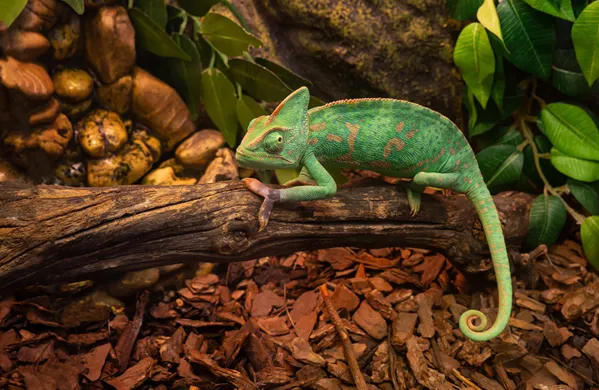
Chameleons are fascinating pets with bright colors and eyes that can rotate 360 degrees. Chameleons range in size from 0.9 inches to 27 inches long. They require special considerations in relation to their cage set-up and diet. Most chameleons do well on a cricket, mealworm, or waxworm-based diet. All chameleons require UVB lighting, a heated cage environment, and humidity of 60%-90%.
Brumation in Bearded Dragons
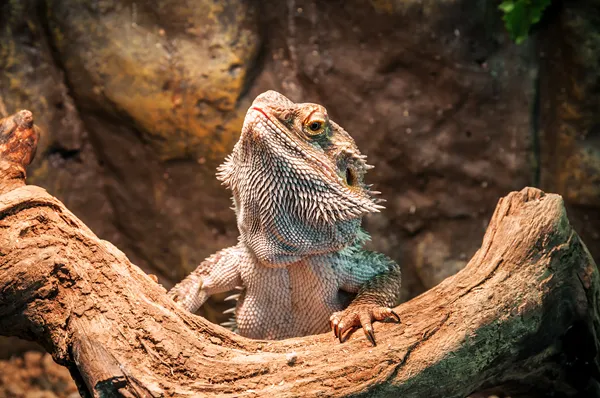
Brumation is a state of sluggishness or inactivity that wild bearded dragons undergo in extreme environmental conditions in their native Australia. Pet bearded dragons are often assumed to be undergoing brumation inside a normal household setting, but in many cases, the pet is sick. A veterinary examination is highly recommended for any reptile showing sings of lethargy or inactivity.
Bearded Dragons: Feeding
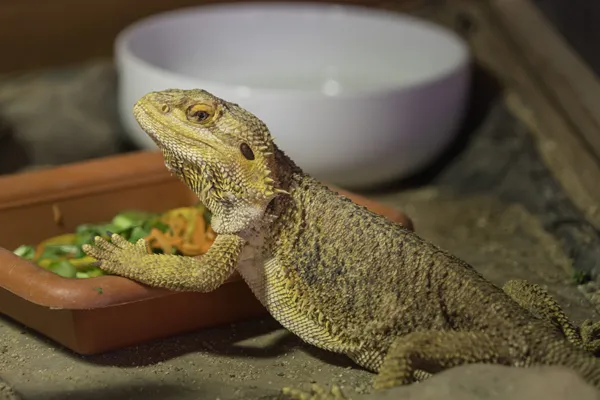
The bearded dragon is a popular small- to medium-sized pet lizard. Bearded dragons are omnivorous, meaning they eat both plant and animal-based foods, including insects. They should consume a diet that is 50% insects and 50% green leafy vegetables. This handout is a general guide for feeding pet bearded dragons a nutritious and balanced diet.
